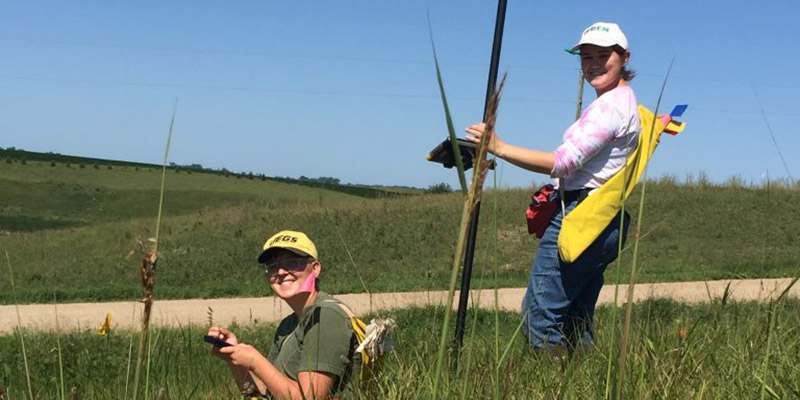
This research project investigates the biology, conservation, and restoration of plants and insects in tallgrass prairie. It focuses on a model study system: a common native prairie plant, Echinacea angustifolia (the narrow-leaved purple coneflower), growing in remnant populations within an agricultural landscape in western Minnesota. The team comprises scientists based at the Chicago Botanic Garden and the University of Minnesota and has been funded by the National Science Foundation since 2000. To learn why some small and isolated plant populations persist or grow while others perish, we have monitored 33 remnant Echinacea populations annually since 1996. We have mapped the location of all flowering plants and have tracked their survival and reproduction. We also monitor the growth and survival of Echinacea plants that were first identified as seedlings starting in 2007. These long-term demographic studies have provided insights into the ecology and conservation of prairie plant populations. To investigate factors that contribute to successful plant reproduction, we have monitored the flowering phenology and reproductive success in a subset of populations. We will use these data to assess how timing of reproduction and the location of flowering plants contribute to successful pollination and seed production. Educational objectives include training graduate and undergraduate students, high school students and teachers, and members of the public in principles of population biology and its practice in the field. The project also provides information to managers and policymakers about how to improve the conservation and management of perennial populations in fragmented habitat. (Wagenius and many collaborators)

